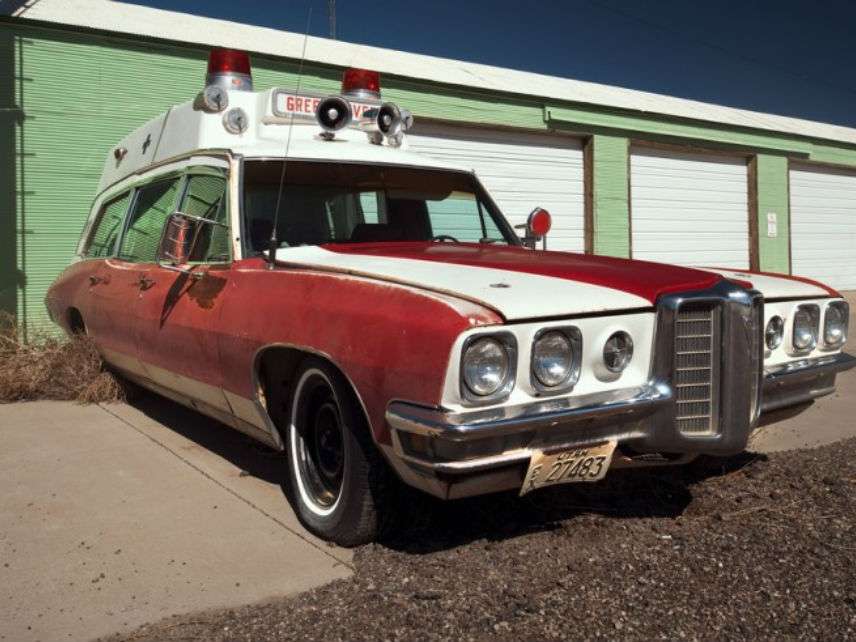Uber Availability Lowers Use of Ambulances
Per capita use down at least 7 percent.

Introducing Uber to a new market brings down the per capita use of ambulances by at least 7 percent, according to a new study conducted by an economist and a medical doctor.
David Slusky, an economist at the University of Kentucky, and Leon Moskatel, a physician at Scripps Mercy Hospital in San Diego, looked at ambulance use in more than 700 cities and 43 states that Uber entered between 2013 and 2015. The ride-sharing service, Slusky told phys.org, meant "lower health care spending while improving health outcomes."
"It's important to note that Uber is not a substitute for law enforcement or medical professionals," an Uber spokesperson said to the San Jose Mercury News. "In the event of any medical emergency, we always encourage people to call 911."
Moskatel, by contrast, told the newspaper that patients "tend to be pretty good at assessing their state and how quickly they need to come in and how sick they are."
Ride-sharing services increase consumer choice in a market—health care—where consumer choice is often absent. That in turn leads to lower costs, which means resources can be allocated more efficiently.
"Many patients don't need something that can break traffic laws and don't need something staffed by paramedics with a bunch of fancy equipment," Slusky told phys.org. "It's the same in the provider space: you don't need a neurosurgeon to diagnose strep throat."
While the working paper is the first systemic look at how Uber affects ambulance use, the trend of patients choosing ride-sharing services over ambulances has been noticed before. The health-oriented Stat News covered the trend in April.
"Ride-hailing services are cheaper and more predictable than ambulance services. And it allows riders to choose the hospital they're taken to," Stat News reported, though it added that the decision comes with "significant risks."
The government's one-size-fits-all approach to health care regulation reduces such options and raises prices. Innovations like ride-sharing can help change that, if vested interests don't stop them first.
Related: Watch Stossel on Eye Test Innovators vs. Bottle-Neckers in the healthcare industry:


Show Comments (35)